Deacons in US Defy Trend of Fewer Vocations
Number of Permanent Deacons Continues to Grow
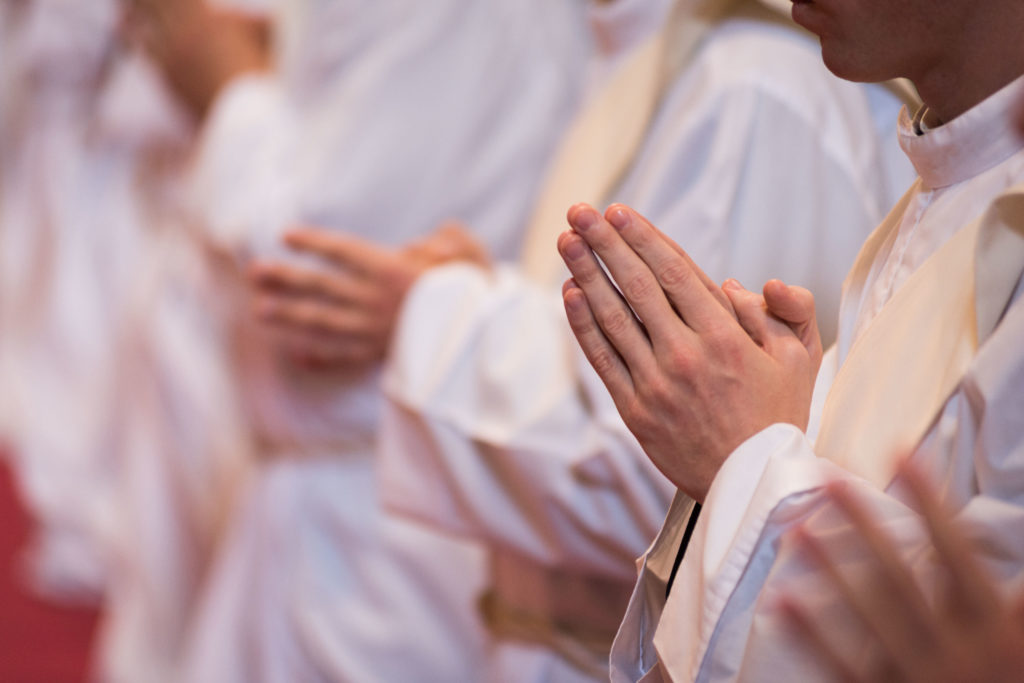
Permanent deacons in the United States missed the trend of fewer vocations.
Frankly, this unique group of men is vastly out-of-step with the times – at least the times as defined by those who fear a dying Church.
It is easy to find something to be fearful about in the Catholic Church in the US. A visit to the Center for Applied Research in the Apostolate – where you can find every statistic about the Church that exists – reveals some rather depressing trend lines; look at s few numbers from 1975 vs. 2020:
- Total Priests:
- 1975: 58.909
- 2020: 35,513
- Religious Sisters:
- 1975: 135,225
- 2020: 41,357
- Religious Brothers:
- 1975: 8,625
- 2020: 3,801
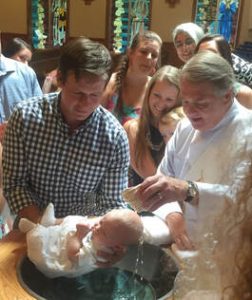
Look over the statistics and you will find over the same period a significant reduction in the number of parishes, Catholic schools at all levels, and students enrolled in religious education.
However, there are two vital areas where the numbers are headed in the opposite direction. The first is the total number of people who profess to be Catholic, rising from 47.9 million to 67.7 million in 2020. (These are numbers for Catholics connected to a parish; numbers are slightly higher for self-identified Catholics.) Clearly, immigration – particularly from Latin America – has been a key factor in the increase.
The second area that shows remarkable growth is the number of permanent deacons. In 1975 the US had 898 permanent deacons. In 2020, the number had skyrocketed to 18,036
That means that these men – ordained to serve the Church in varied capacities – can shoulder much of the work that otherwise would be borne by a lower population of priests.
So, what is a deacon and what does he do? (Yes, a deacon must be a man; yes, unlike priests, a deacon may be married. They come in all shapes and sizes and a vast range of ages and ethnic backgrounds.)
We can start with a simple explanation provided by the United States Conference of Catholic Bishops (USCCB):
In the Catholic Church, the diaconate is the first of three ranks in ordained ministry. Deacons preparing for the priesthood are transitional deacons. Those not planning to be ordained priests are permanent deacons.
The USCCB Secretariat of Clergy, Consecrated Life and Vocations supports the activities of the bishops in promoting the needs and concerns of those in diaconal ministry. It also assists in coordinating the development of diaconal formation programs on the diocesan and national levels. The Secretariat also provides services and liaison support to national organizations and directors of diocesan diaconate offices.

A helpful place to discover more about deacons is the website of the National Association of Diaconate Directors (NADD). This organization has myriad programs and materials to help men to determine if they have a vocation to the diaconate, as well as ongoing training and support for deacons and their families. As you might expect, this organization has a serious view of the role of a Deacon:
Deacons are ministers ordained to serve the People of God through Word, Liturgy, and Charity on behalf of the Bishop. The title deacon comes from the Greek word for service: diaconia. Through reception of the sacrament of Holy Orders by a Bishop, deacons are configured to Jesus the Servant who “did not come to be served but to serve” (Mark 10:45). Diaconal ordination “goes beyond a simple election, designation, delegation, or institution by the community, for it confers a gift of the Holy Spirit that permits the exercise of a ‘sacred power.’ The laying on of hands by the bishop, with the consecratory prayer, constitutes the visible sign of this ordination” (Catechism of the Catholic Church — CCC 1538).
The diaconate is the first rank of Holy Orders in the Catholic Church. Deacons are the “eyes and ears” of the Bishop by providing service in his name within the community and at the parish where the deacon is assigned. Diaconal ministry complements the ministries of priests and bishops for the good of the People of God. Permanent deacons are ordained to a life-long ministry of service.
According to NADD, deacons exercise their ministry in three primary areas:
- Word: The ministry of the Word includes proclaiming, preaching, and teaching the truths of Sacred Scripture and the Catholic faith. These functions can be done in context with the Church, in social circles, among co-workers, and within families. Deacons often prepare couples for marriage, parents for baptisms, and individuals for reception into the Catholic Church.
- Liturgy: The deacon’s ministry is profoundly linked with the Eucharistic at Mass. The deacon brings the needs of the Christian community to the altar and then encourages the faithful to live their baptismal responsibilities in service to one another. Deacons at Mass lead the community in the Penitential Act (Lord have mercy), proclaim the Gospel, preach, lead the Prayer of the Faithful (Universal Prayer), accept and prepare the gifts of bread and wine at the altar, invite the community to express the Sign of Peace, assist in the distribution of Holy Communion, and dismiss the community at the end of Mass. Deacons are ordinary ministers of Baptism, Marriage, and Funerals.
- Charity: As ministers of charity, deacons live the Church’s mission to proclaim God’s mercy, love, and justice while inspiring others to do the same. Diaconal charity involves reaching out to the poor and homeless, ministering to the hospitalized and incarcerated, speaking out on behalf of those who are marginalized or whose voices are unrecognized, and advocating for the dignity of all people. Diaconal charity extends to teaching the faith, giving retreats, assisting charitable organizations, and managing diocesan offices or parishes when appointed by the bishop. Given the broad experience and education that deacons bring to their ministry, the variety of charity conducted by deacons is unlimited.
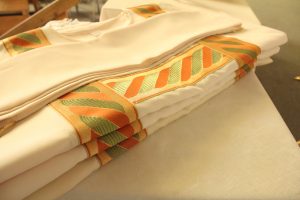
Of course, the Catechism of the Catholic Church is the authoritative source on the role of the deacon, stressing that a deacon is ordained “in order to serve”::
1569 “At a lower level of the hierarchy are to be found deacons, who receive the imposition of hands ‘not unto the priesthood, but unto the ministry.”‘ At an ordination to the diaconate only the bishop lays hands on the candidate, thus signifying the deacon’s special attachment to the bishop in the tasks of his “diakonia.”
1570 Deacons share in Christ’s mission and grace in a special way. The sacrament of Holy Orders marks them with an imprint (“character”) which cannot be removed and which configures them to Christ, who made himself the “deacon” or servant of all. Among other tasks, it is the task of deacons to assist the bishop and priests in the celebration of the divine mysteries, above all the Eucharist, in the distribution of Holy Communion, in assisting at and blessing marriages, in the proclamation of the Gospel and preaching, in presiding over funerals, and in dedicating themselves to the various ministries of charity.
1571 Since the Second Vatican Council the Latin Church has restored the diaconate “as a proper and permanent rank of the hierarchy,” while the Churches of the East had always maintained it. This permanent diaconate, which can be conferred on married men, constitutes an important enrichment for the Church’s mission. Indeed it is appropriate and useful that men who carry out a truly diaconal ministry in the Church, whether in its liturgical and pastoral life or whether in its social and charitable works, should “be strengthened by the imposition of hands which has come down from the apostles. They would be more closely bound to the altar and their ministry would be made more fruitful through the sacramental grace of the diaconate.”
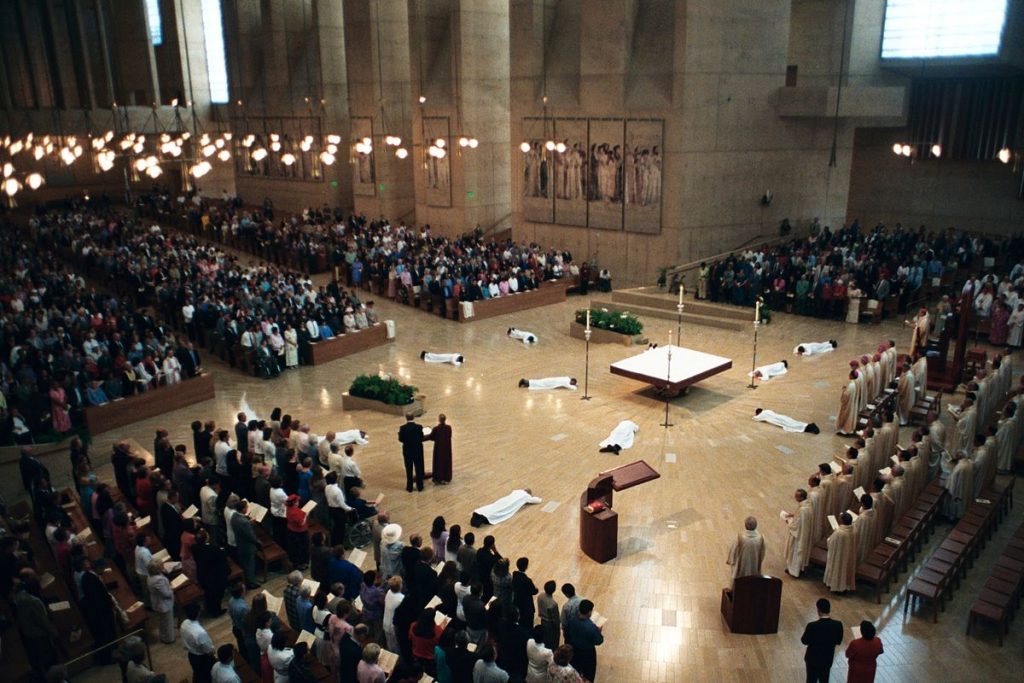
Related
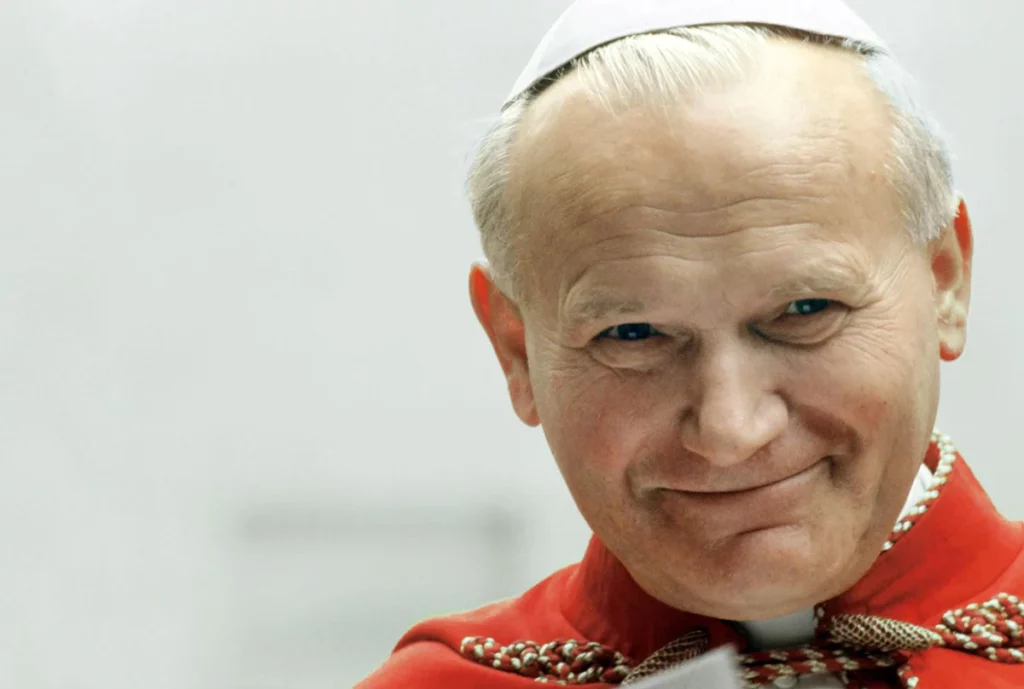
The Saint of Life and Joy
Exaudi Staff
03 April, 2025
4 min
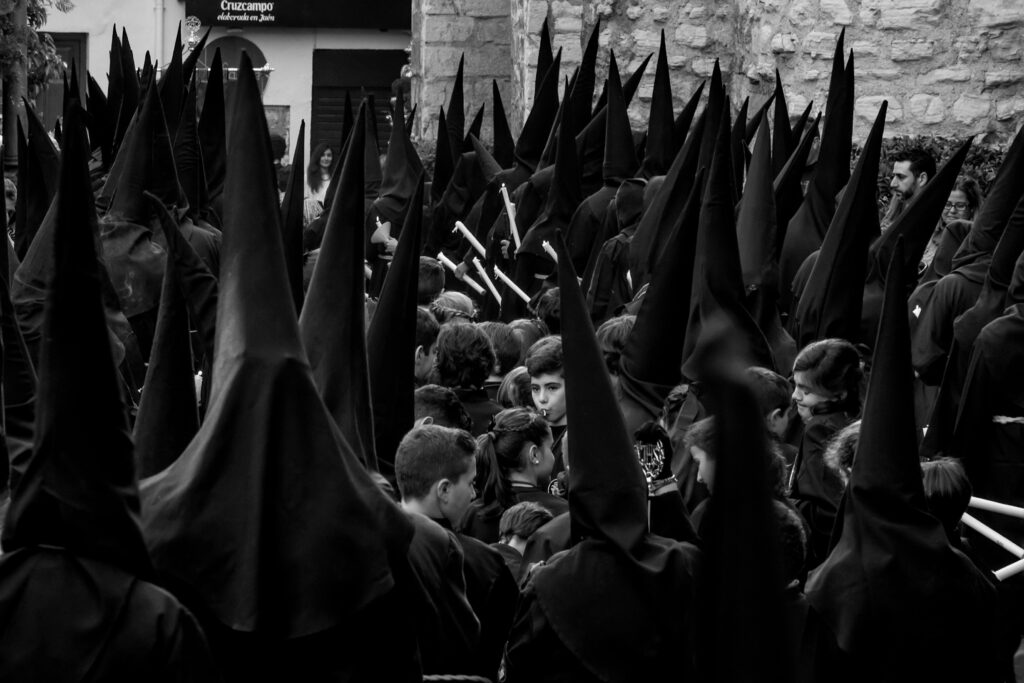
A path of contemplation and encounter with the Redemptive Mystery
Exaudi Staff
03 April, 2025
3 min
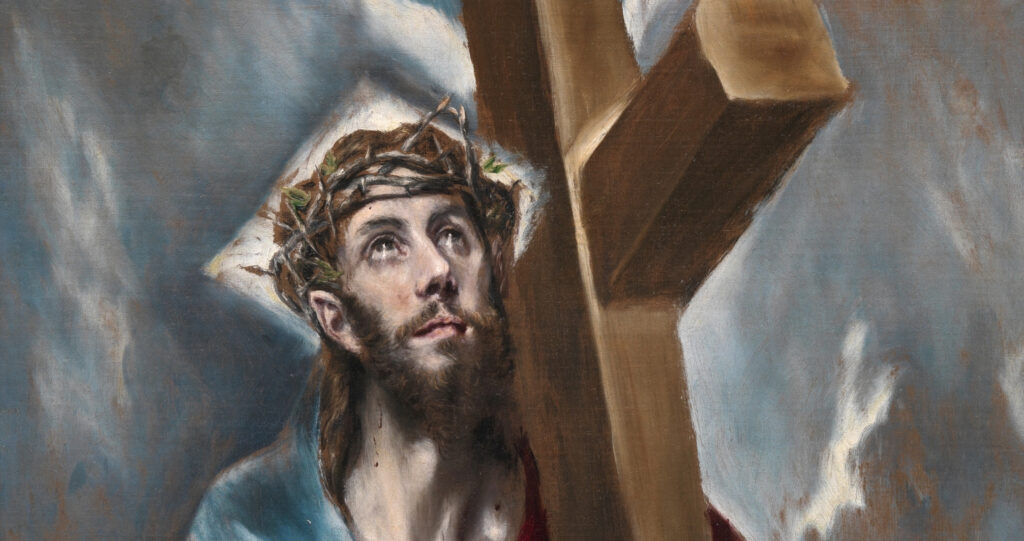
An Encounter Between Art and Spirituality
Exaudi Staff
03 April, 2025
4 min
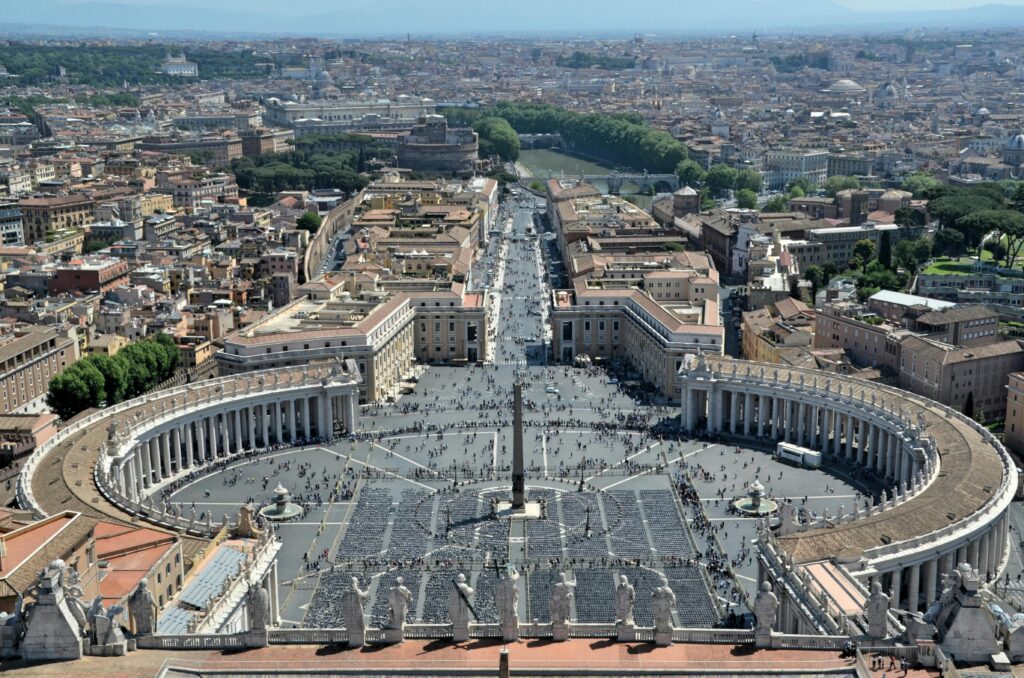
Holy Week 2025 at the Vatican: Calendar. Faith, Tradition, and a Long-Awaited Canonization
Exaudi Staff
02 April, 2025
1 min
 (EN)
(EN)
 (ES)
(ES)
 (IT)
(IT)

